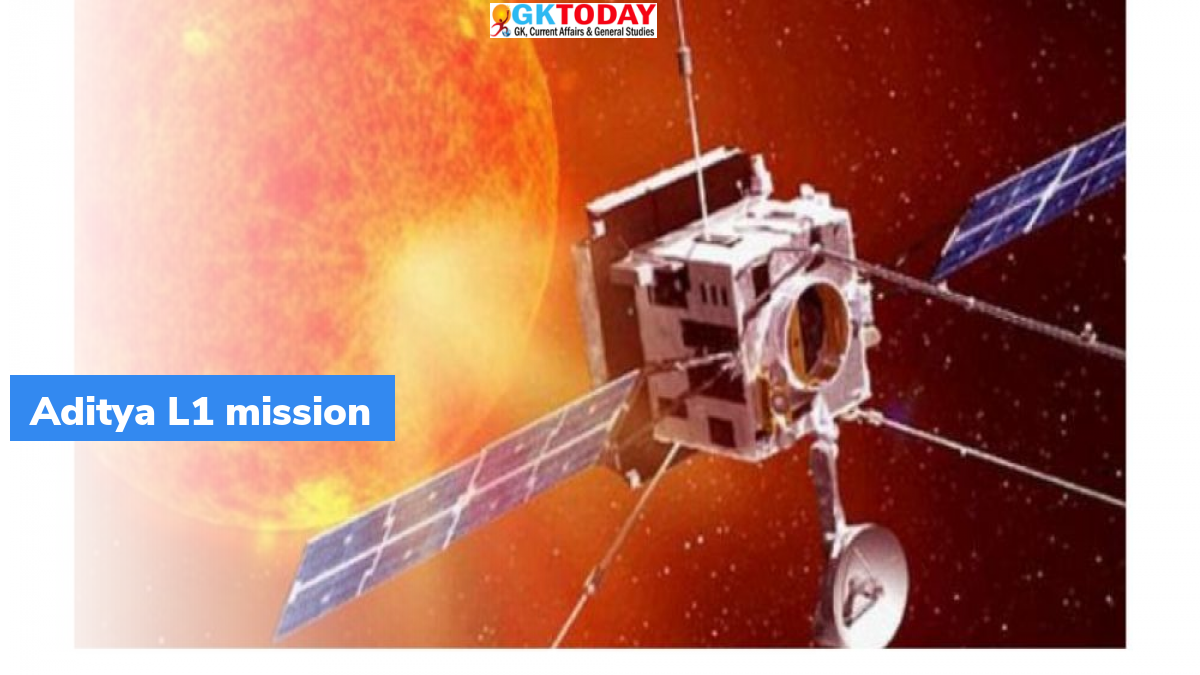ISRO Successfully Launches Aditya L1 Sun Observatory
The Indian Space Research Organisation (ISRO) has achieved a significant milestone by successfully launching the Aditya L1 spacecraft, an observatory designed to study the Sun from a distance of 1.5 million kilometers. The launch utilized the Polar Satellite Launch Vehicle (PSLV), and the mission involved complex maneuvers, including firing the PSLV’s fourth stage twice, to position the spacecraft precisely in its elliptical orbit.
Aditya L1 will gradually ascend through a series of maneuvers to reach its final destination—a halo orbit around the L1 point, 1.5 million kilometers away from Earth. The mission aims to provide unique data on the Sun’s outer atmosphere, radiation, particles, and magnetic fields, contributing to a deeper understanding of our closest star and its impact on Earth.
What is the significance of the Aditya L1 spacecraft?
Aditya L1 is an observatory developed by ISRO to study the Sun from a safe distance of 1.5 million kilometers. It carries a set of instruments designed to observe the Sun’s various wavelengths, radiation, particles, and magnetic fields. The mission’s objective is to gain a comprehensive understanding of the Sun’s behavior and its effects on Earth.
How was the Aditya L1 spacecraft launched and positioned in its orbit?
The spacecraft was launched using the Polar Satellite Launch Vehicle (PSLV). This mission involved a unique maneuver where the PSLV’s fourth stage was fired twice to precisely position the spacecraft in its elliptical orbit, demonstrating ISRO’s capability to undertake complex orbital maneuvers.
What will be the path of the Aditya L1 spacecraft after launch?
The spacecraft will gradually be raised through a series of maneuvers to a halo orbit around the L1 point, which is 1.5 million kilometers away from Earth. From this position, it will observe the Sun’s activities and phenomena.
What are the scientific objectives of the Aditya L1 mission?
The mission aims to study the Sun’s outer atmosphere, radiation, particles, and magnetic fields comprehensively. It carries seven payloads that will provide unique data not collected by previous missions. Scientists worldwide are eager to receive the mission’s results to enhance their understanding of solar behavior.
How does the Aditya L1 mission differ from previous solar observatories?
Aditya L1 is placed at the L1 point between the Earth and the Sun, allowing it to observe the Sun continuously without any obstruction. ISRO is the third space agency, after NASA and ESA, to establish an observatory at this point, demonstrating India’s capabilities in solar exploration.
What are the expected outcomes of the Aditya L1 mission?
The mission will provide valuable insights into the Sun’s processes, including its radiation, heat, flow of particles, and magnetic fields. This information will contribute to a deeper understanding of space weather, solar cycles, and their impact on Earth’s environment.
Month: Current Affairs - September, 2023
Category: Science & Technology Current Affairs


